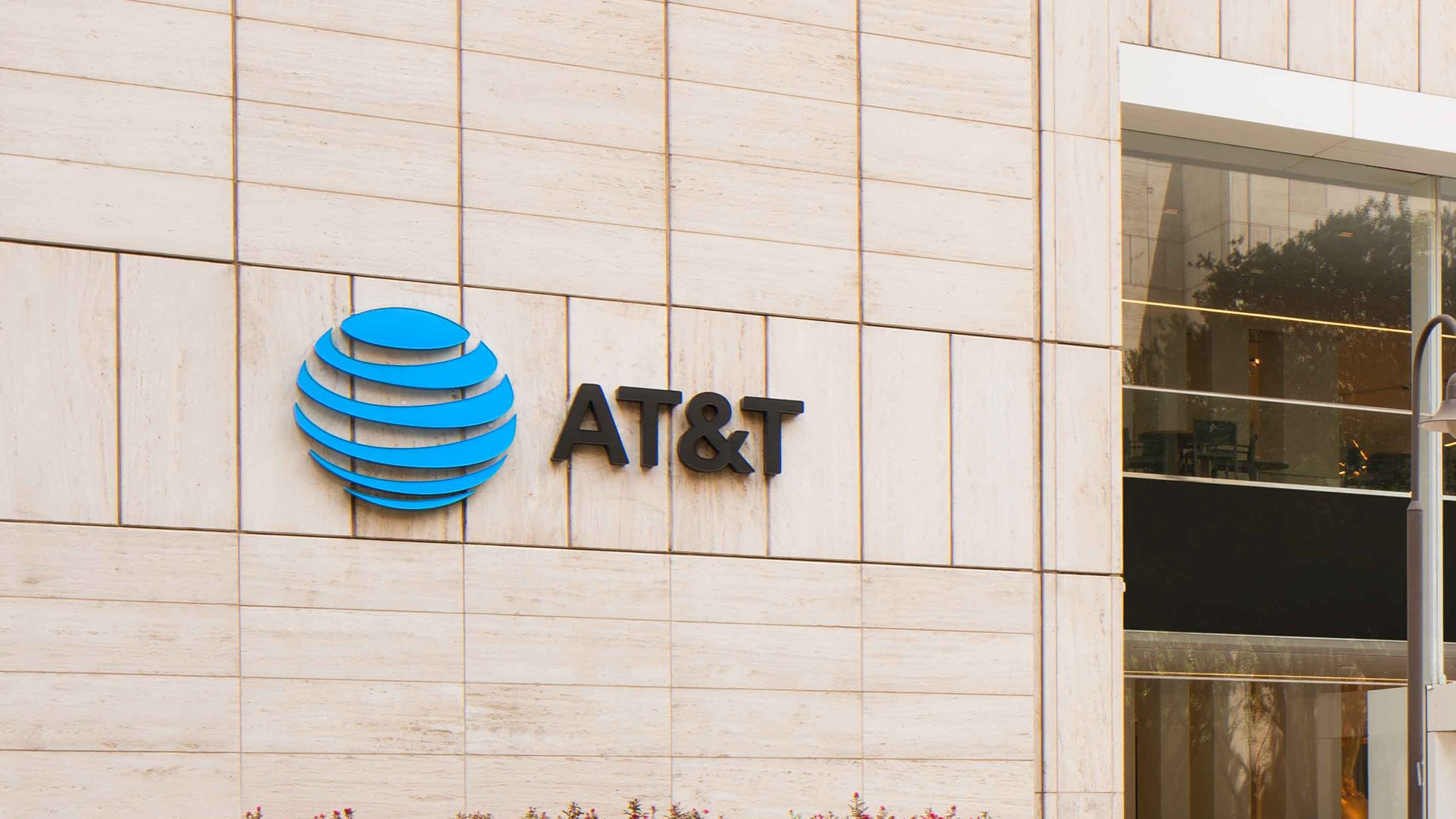Severance packages can be a confusing mix of documents, forms, and legal language. If you've recently received a severance package from Kaiser Permanente, you're not alone. I'm here to help you navigate through the process and understand what each document means for you. 
Sponsored Ad
Overview of Your Severance Packet
In most severance packets, you'll find these key documents:
- Employee Notification Letter: This document officially notifies you of the termination of your employment. It usually states the reason for termination and the effective date.
- Severance Agreement & General Release: This is a crucial document that you need to sign and return within a specified period. It outlines the details of your severance pay and benefits. If you don't sign and return it within the given timeline, you might forfeit your right to these benefits.
- Exhibit A (Older Workers Benefits Protection Act): If you're over 40, you might find this document in your package. It's designed to safeguard the rights of older employees in workforce reductions.
- Severance Program Documents: These include a summary description of the severance program, frequently asked questions, and more.
- Forms for Personal Data Changes, Direct Deposit, and Duplicate W-2 Requests: These optional forms allow you to update your personal data, set up or change direct deposit details, request wage and tax statements, and more.
- Beneficiary Designation Forms: Also optional, these forms allow you to update your beneficiaries for your final paycheck and severance pay.
- Employee Assistance Program Brochure: This brochure outlines available resources to assist you during this transition.
- Career Transition Services Information: You might receive access to services that help you transition to a new career.
- Asset Return Process: This document outlines the process for returning any company assets in your possession.
- Transitional Employee Security and Confidentiality Notification: This notice reminds you of your obligations to protect the company's proprietary information and systems.
- Medicare & You Handbook: If you're over 62, you might find this handbook in your packet. It provides information about Medicare benefits.
The Fine Print
In the midst of all these documents, you'll find some important terms and conditions. For instance, your severance benefits might depend on your continued compliance with Kaiser Permanente company policies and satisfactory work performance until your termination date from Kaiser Permanente. You might also learn that if you're rehired by Kaiser Permanente before your termination date, you would no longer be eligible for severance benefits.
One of the most important points to consider is that if you're offered a "comparable position" and decline it, your benefits might be significantly reduced. You'll need to review the severance package carefully to understand what this means in your specific case.
Legal Notices
Finally, your severance package may include a notice as required by the Worker Adjustment and Retraining Notification Act (WARN). This act requires employers to provide advance notice of mass layoffs.
Conclusion
While the severance process can be overwhelming and stressful, understanding each part of your severance package can help you navigate this challenging time more effectively. It's always a good idea to review each document carefully, ask questions if anything is unclear, and consider seeking legal advice before signing anything.
Remember, this is a challenging time, but it's also an opportunity for a fresh start and a new chapter in your career.


